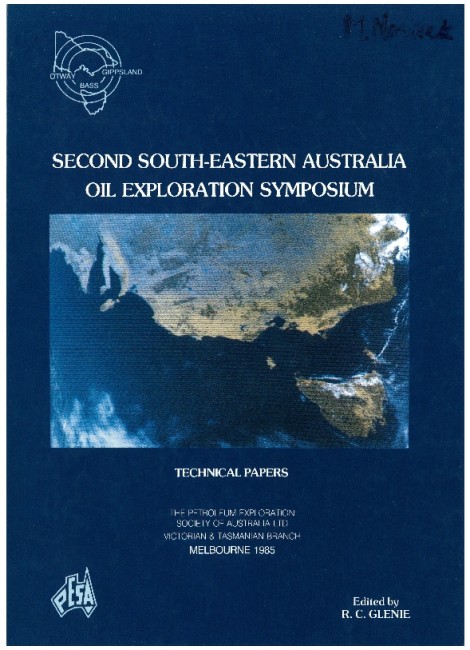Publication Name: Second South-Eastern Australia Oil Exploration Symposium - Technical Papers
Authors: A.C. Cook and H. Struckmeyer
Date Published: December 1986
Number of Pages: 25
Reference Type: Book Section
Abstract:
Until recently, most authors have dismissed coal as a potential source for hydrocarbons other than methane. This has been either on the grounds that coals are incapable of generating hydrocarbons other than methane or, that such alkanes, if generated, are retained within the coal. Recently, a number of authors have suggested that coal has played a significant role in sourcing hydrocarbons in important oilfields in Australia (Gippsland) and overseas (Kalimantan in Indonesia and Nigeria).In most coal measure sequences, the proportion of organic carbon occurring as coal seams is much greater than that occurring as dispersed organic matter. If coals do indeed absorb long-chain hydrocarbons, it is difficult to see why the laterally extensive coal seams should not absorb both internally generated hydrocarbons and those hydrocarbons generated from the dispersed organic matter in the interseam sediments. Thus, if this were true, coal measure sequences should only contain reservoired oil if the dispersed organic matter:coal ratio exceeds some (presumably high) specific threshold value.
Microscopic examination of coals shows a number of features which may indicate that coals are active generators of hydrocarbons. These include the presence of veins of a material similar to bitumen and the presence in some grains of coal of fluorescing materials similar, when examined in fluorescence mode, to crude oils found in other potential source rocks and indeed to the oils found in some reservoirs. The relatively low amounts of longer-chain alkanes released from the coals during gas desorbtion or extraction procedures suggest that, rather than being absorbers of long-chain hydrocarbons, coals may be characterized by efficient explusion of early generated hydrocarbons. A relationship can be demonstrated between the termination of the major phase of water loss from vitrinite and the development of secondary bitumen-related fluorescence in vitrinite.


